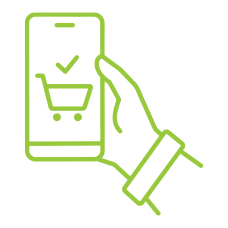SALES INCENTIVES. CUSTOMER LOYALTY. REWARDS
It’s all about the Upside!
At Incremental, we don’t just create and implement sales incentives and customer loyalty programs, we design growth programs that focus on delivering results.
Whether you need to drive sales growth, increase share of wallet, retain customer loyalty or activate a sales promotion, Incremental has the sales incentive and loyalty solutions, platforms, communications, and rewards mix to achieve that goal.
Incremental isn’t about small – it’s about more.
A win-win for everyone involved.
We work with a lot of great brands
Let’s see what your true potential is
We have been bringing businesses and their customers closer together since 1996
-
 25 K+Active Incentive Participants
25 K+Active Incentive Participants -
 50 +Dedicated Staff
50 +Dedicated Staff -
 2000 +Reward Options
2000 +Reward Options -
 5Operating Countries
5Operating Countries
Rewards to Inspire. Communications to Engage.
WHERE DREAMS MEET REALITY
OUR INCENTIVE AND LOYALTY PLATFORM WILL GET YOUR CUSTOMERS MOVING IN THE RIGHT DIRECTION.
Keen to see it in action?
Our Case Studies
Our incentive and customer loyalty programs have delivered measurable outcomes for all business to business (B2B) sales channels, where sales growth and customer retention isn’t just desired – it’s the key to success!
Our Blog
Trends, insights, updates and showcases that influence the design and delivery of customer loyalty programs and B2B incentive programs in Australia. With a focus on the perfect reward mix and communications you will find the elements and topics that all come together to drive outcomes and sales growth.







